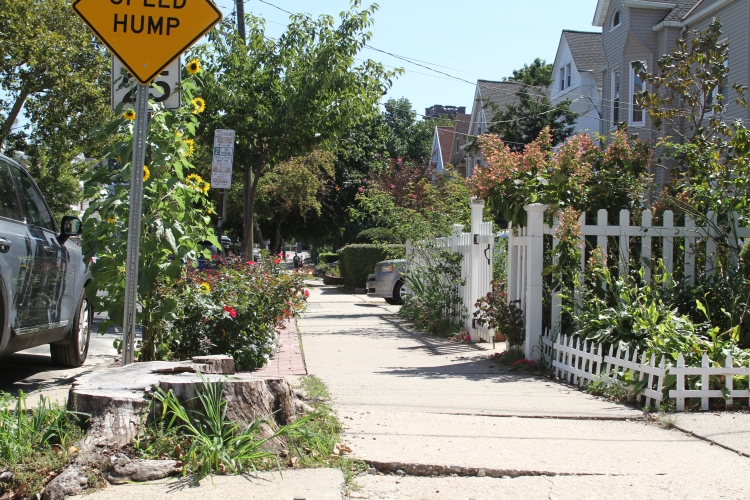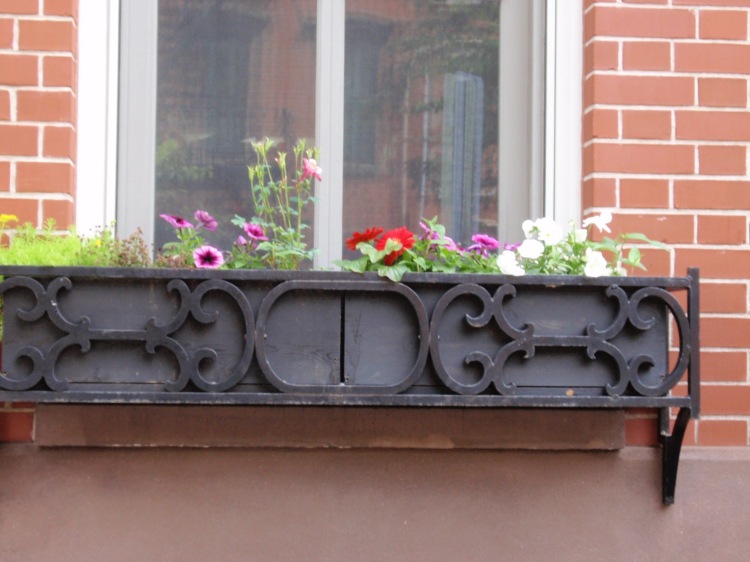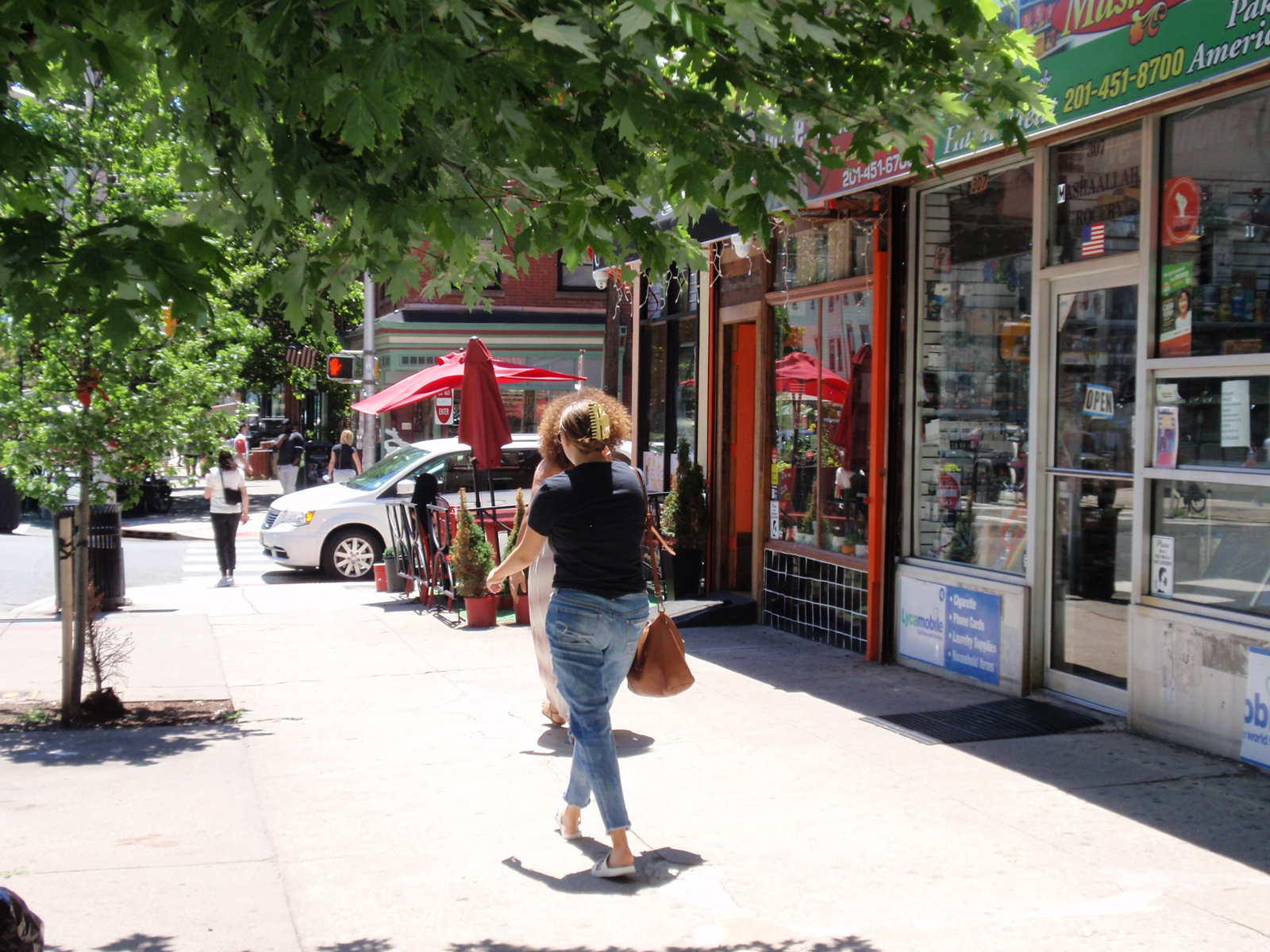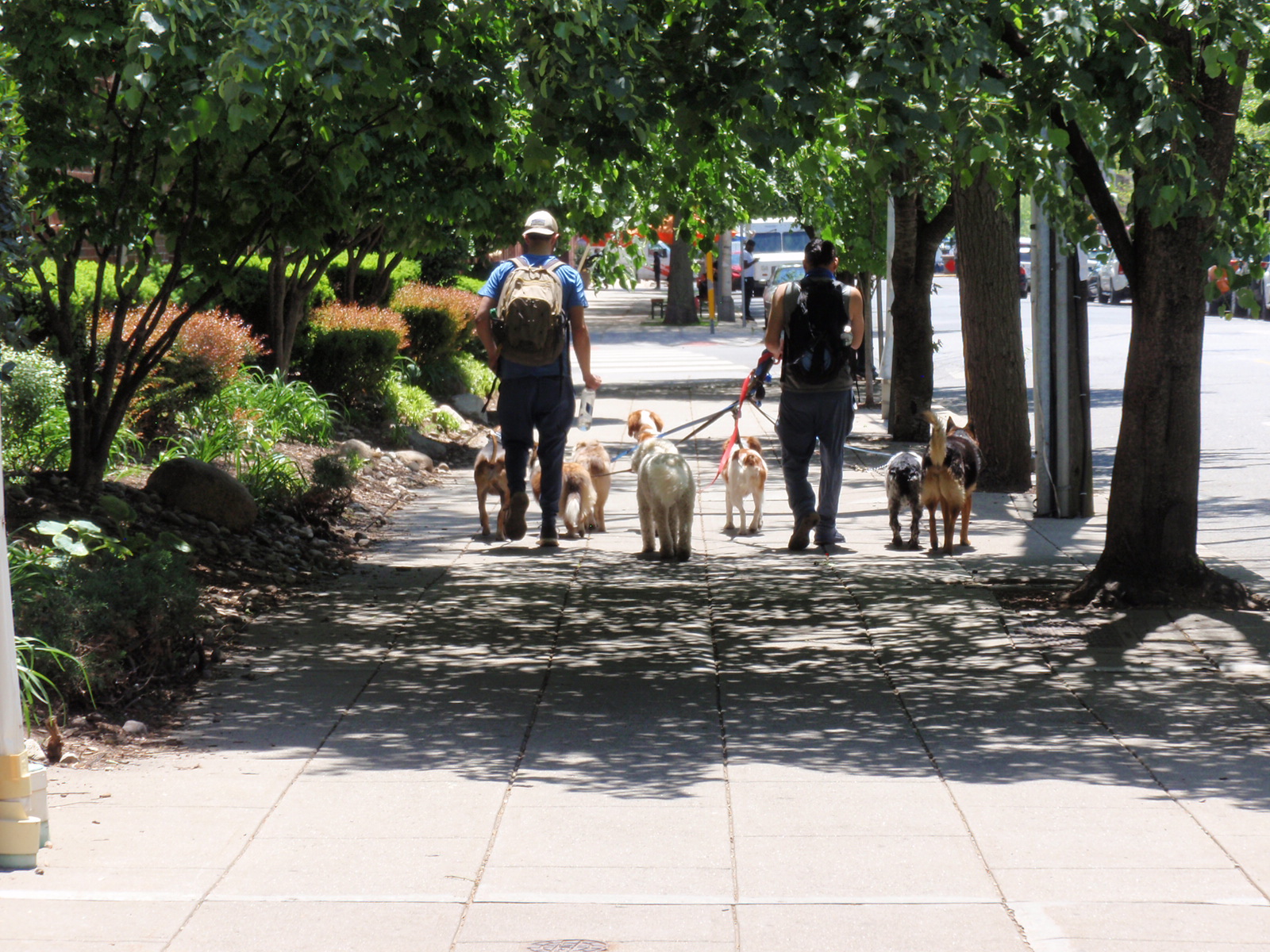“I passed this tree on Highland Avenue for years but never really noticed it until it was cut down. I can’t tell you what kind of a tree it was or how old it was, but I can tell you, now that it is gone, I miss it. I remember times I parked my car underneath that tree and how its shade kept it cool on hot summer days. In the winter I enjoyed seeing it covered with snow. In the spring I watched it bloom and it always seemed like overnight it went from dark branches to thick beautiful green leaves. Walking past that tree stump now reminds me not to take nature in the city for granted. ” (Brenda, not her real name)

As Brenda points out, we often only notice nature in the city when it disappears. But when it does we often feel the loss. What do you think? Have you had this experience? Comment below. From trees on the sidewalk to plants and flowers in yards, on doorsteps and windowssills to various creatures, wild and domestic, nature is all around us in the city. But how often do we notice and appreciate it?

Research shows that nature enhances the lives of city dwellers improving their health and sense of well-being. It adds beauty and pleasure to our lives and helps us cope with everyday stress. Our need for nature may even be in our DNA. According to the “biophilia hypothesis,” we have an inborn need to connect with nature based on our evolution.

While many appreciate nature, some seem to have a passion for it. Have you noticed how some homeowners create beautiful lush gardens in front of their homes?

Apparently, some gardens are so appealing a sign is required to warn people not to get too close.

Many apartment houses have various kinds of greenery around them. The entrance to this courtyard has a variety of trees and bushes with flowers that make it very welcoming.

Homes without garden space often use planters as a way to bring nature closer to home.

This building has planters with cone shaped trees which seems to soften the hard surface of the brick exterior.

Trees and other kinds of greenery encourage us to become more physically active. People are more likely to walk to places such as stores and coffee shops when their journey there is enhanced by nature.

With COVID restaurants have made special efforts to entice customers and are using nature as part of that appeal.

Dogs like nature too.

City trees line many sidewalks and are a major part of the city’s landscape. They are an essential part of nature in the city and have many beneficial effects. They prevent runoff and provide shade lowering the temperature on hot summer days as well as filter air for asthma sufferers. They provide plants and animals with habitat, food and protection. They even mitigate the effects of climate change. City trees also raise questions of equity in the city since they are more prevalent in some neighborhoods than others, affecting the health and quality of life of residents.

COVID and sheltering in place has made us more aware of the importance of spending time outdoors and in nature. Many of us are finding that nature is good for our mental and physical health. It connects us with others, and gives meaning to our lives, improving our sense of well-being.
Follow This Blog
Get new content delivered directly to your inbox.
- Gentrification Math & the False Promise of Affordable Housing
- Why is the City Selling Public Property to Luxury Housing Developers?
- Why So Much Luxury Housing in a City Where Most Can’t Afford It?
- Why Do So Many New Apartment Houses Look Alike?
- Signs of Gentrification: House Numbers, Their Color and Design
